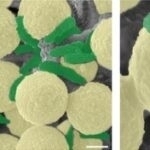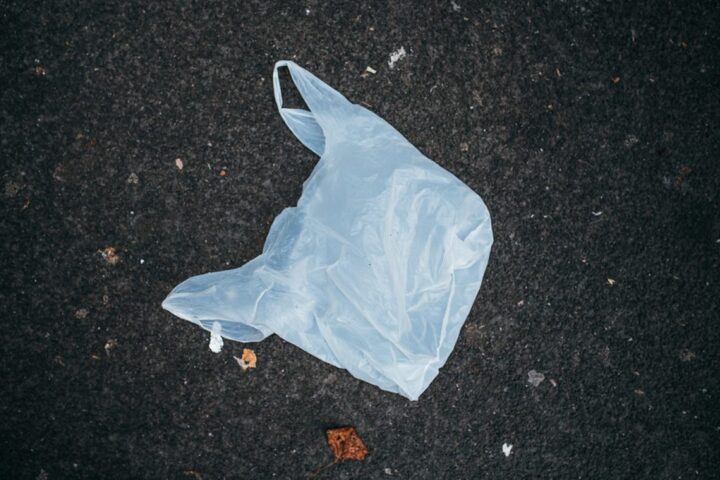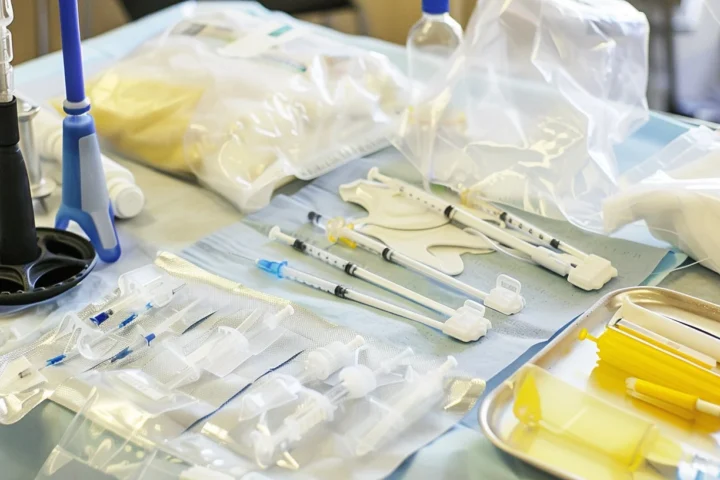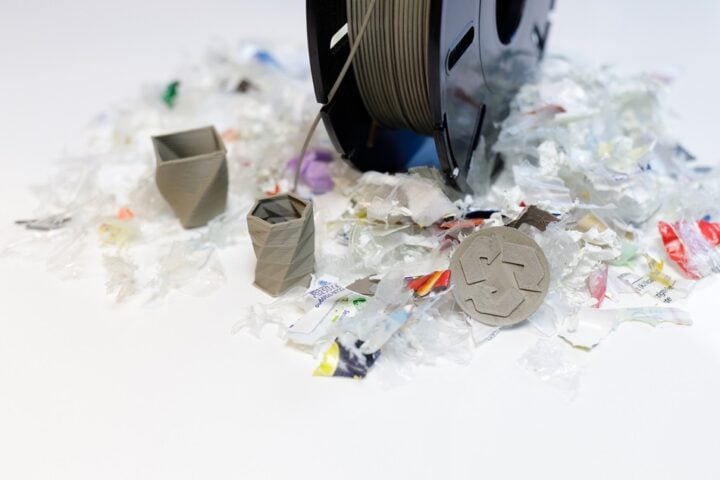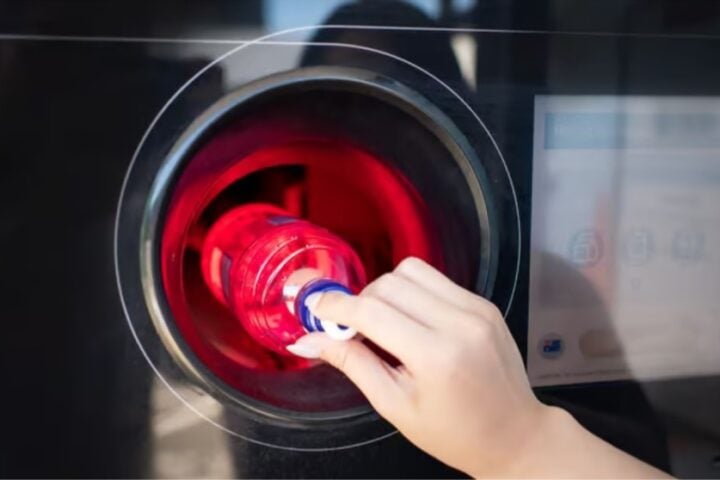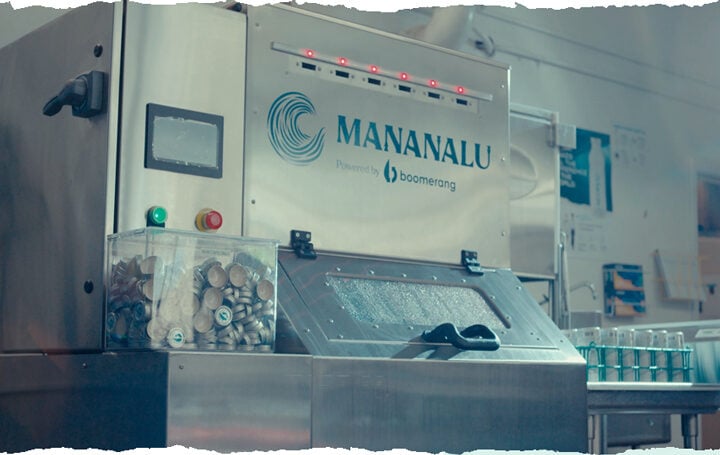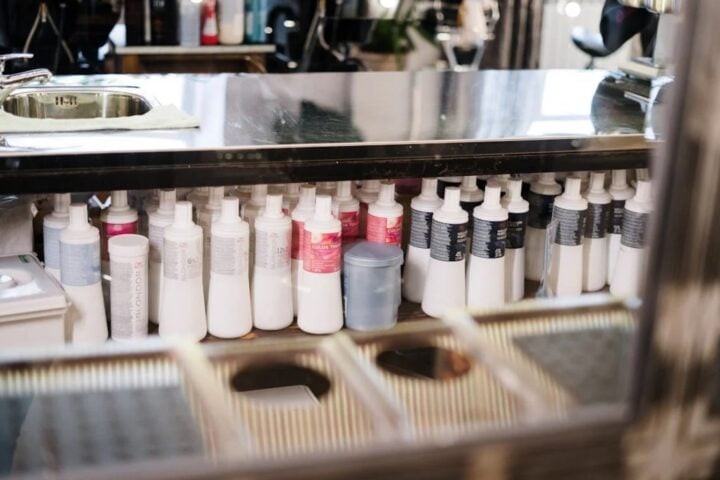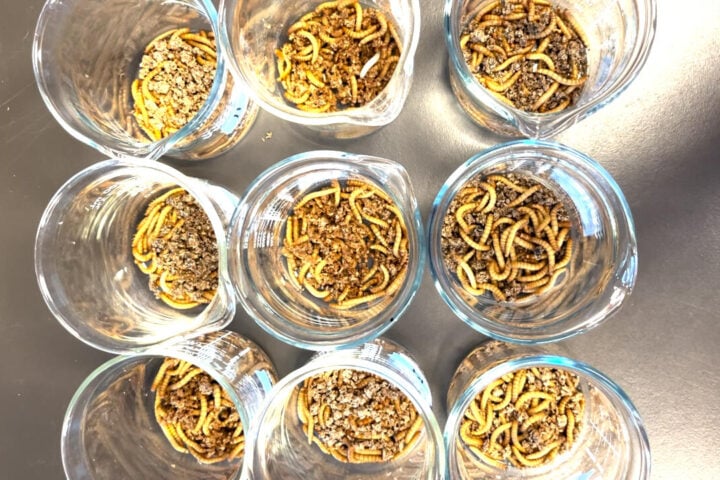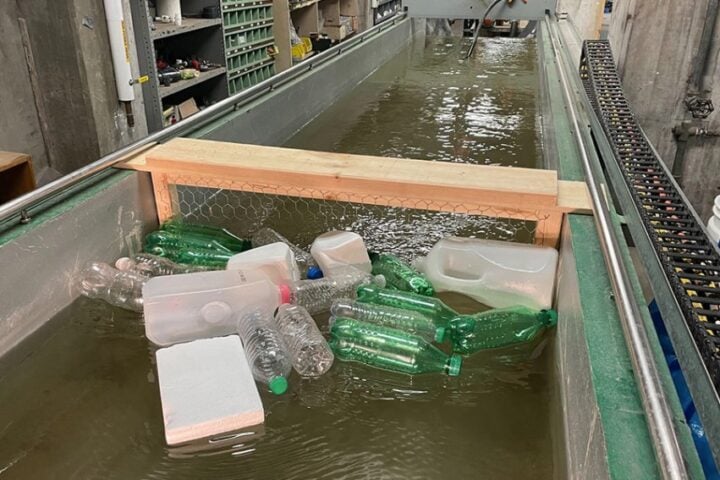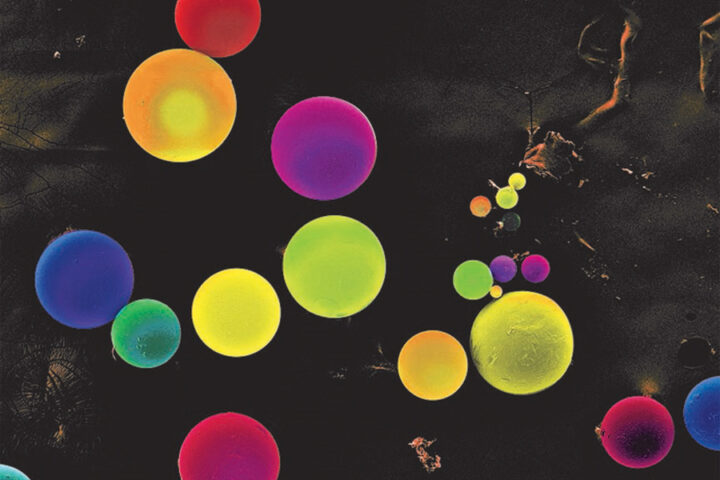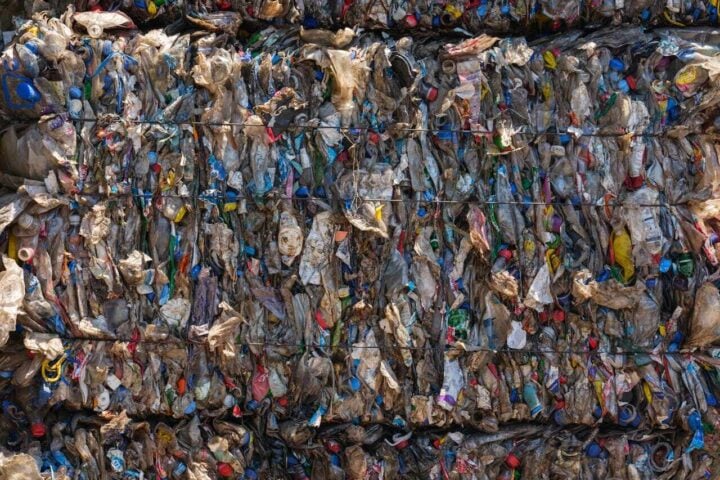When plastic waste breaks down, it becomes even more difficult to remove from oceans and bodies of water. Microplastics have also infiltrated the food chain and can bind bacteria that may cause diseases. Moreover, microplastics can enter the human body through various pathways, including air and drinking water. The impacts are not yet fully understood, but the problem is pressing. Researchers have come up with microbots, only 2.8 micrometers in diameter, that are designed to tackle this pollution. As stated in the scientific journal “ACS Nano,” these microrobots clean water of bacteria and plastic particles in swarms.
Upon closer inspection, these robots turn out to be magnetic plastic beads. What the scientists describe as hands are strands of another polymer attached like bristles to the beads. Therefore, these microrobots more closely resemble a dishwashing brush than the nanobots from literature and film.
Scientists from the Future Energy and Innovation Laboratory, the Central European Institute of Technology, and the Brno University of Technology have developed microrobots that are capable of removing microplastics from oceans and other bodies of water in swarms. The microrobots are controlled via magnetic fields and can be cleaned and reused after collecting microplastics.
The microbot beads also do not move on their own. Unless they are swept away by the flow of water, an external magnetic field must pull the beads through the water; otherwise, they remain stationary. Thus, there is no reason to fear that such robots might develop a life of their own.
Similar Posts
These tiny robots consist primarily of a positively charged polymer interspersed with magnetic microparticles. This allows the robots to be steered in any direction using a magnetic field. Additionally, several of these robots can be clustered together using a rotating magnetic field to act collectively in a swarm. They attract plastics and microbes via the positively charged polymeric filaments.
In the laboratory, the researchers simulated a body of water contaminated with microplastics and pathogens. They added water containing fluorescent polystyrene beads with a diameter of one micrometer and processed the water for 30 minutes by switching the rotating magnetic field on and off every 10 seconds.
As a result, both the microplastics and bacteria were firmly adsorbed onto the surface of the microrobots, and after 30 minutes, the fluorescent polystyrene particles were almost completely removed from the water. At the highest concentration of 7.5 mg per ml, about 80 percent of the bacteria were captured by the microrobots. The polystyrene beads were also attracted, reducing their concentration in the water.
Environmentalists from the World Wide Fund for Nature estimate that 86 million tons of plastic waste float through the world’s oceans and rivers.
The video shows how the microrobots come together to capture microplastics and bacteria. Using a permanent magnet, the researchers collected the microrobots and decontaminated them with ultrasound, removing the attached bacteria. The microbes were then killed with ultraviolet radiation.
The disinfected robots were used again to clean water. However, they could not capture the same amount of bacteria and microplastics as before.
The researchers consider their approach of using microrobots to purify water from microplastics and bacteria to be promising.
However, whether it is a good idea to combat microplastics with microbot plastic beads is debatable, but this development seems to have promising possibilities. More sophisticated materials need to be developed, according to the authors of the study. In the meantime, water treatment plants remove plastic particles and bacteria through filtration.
